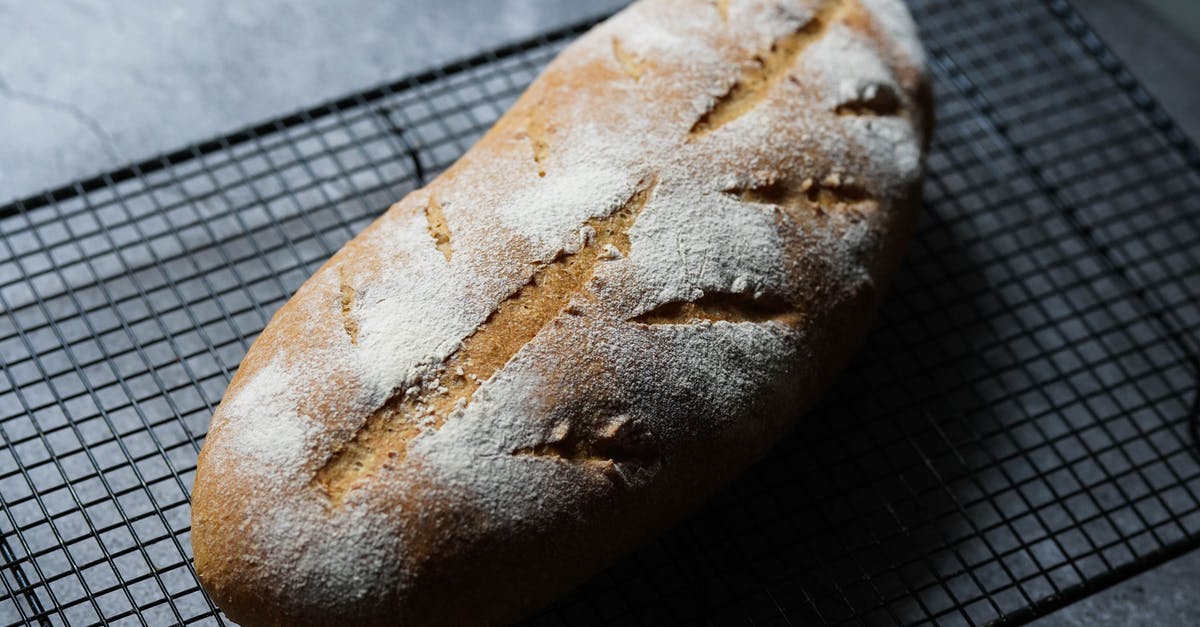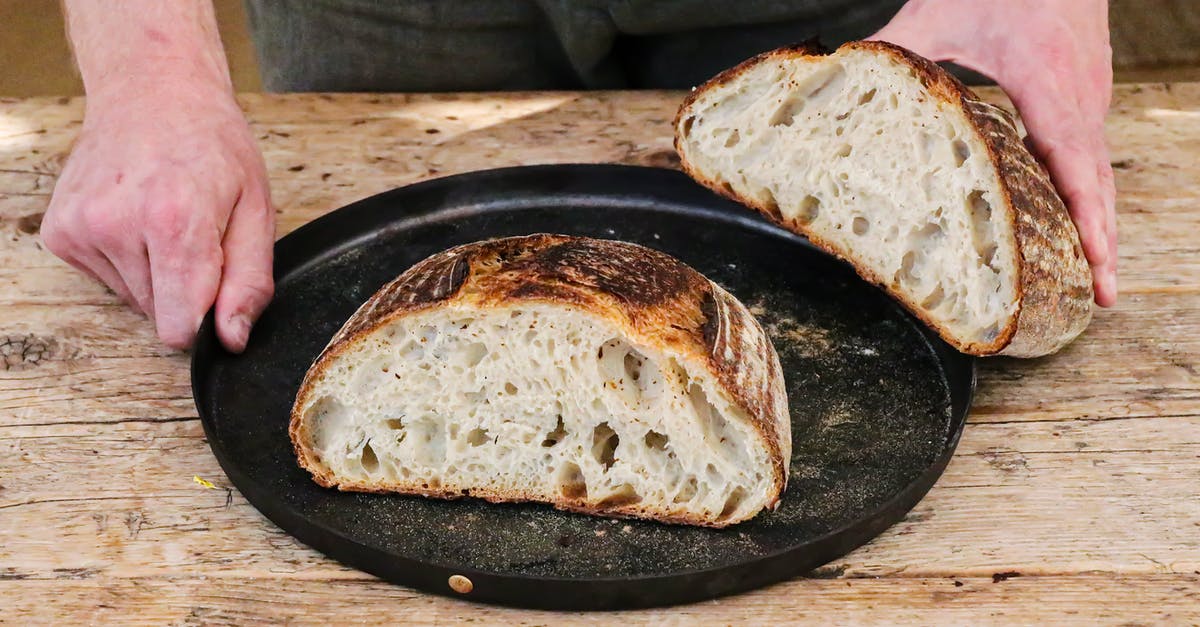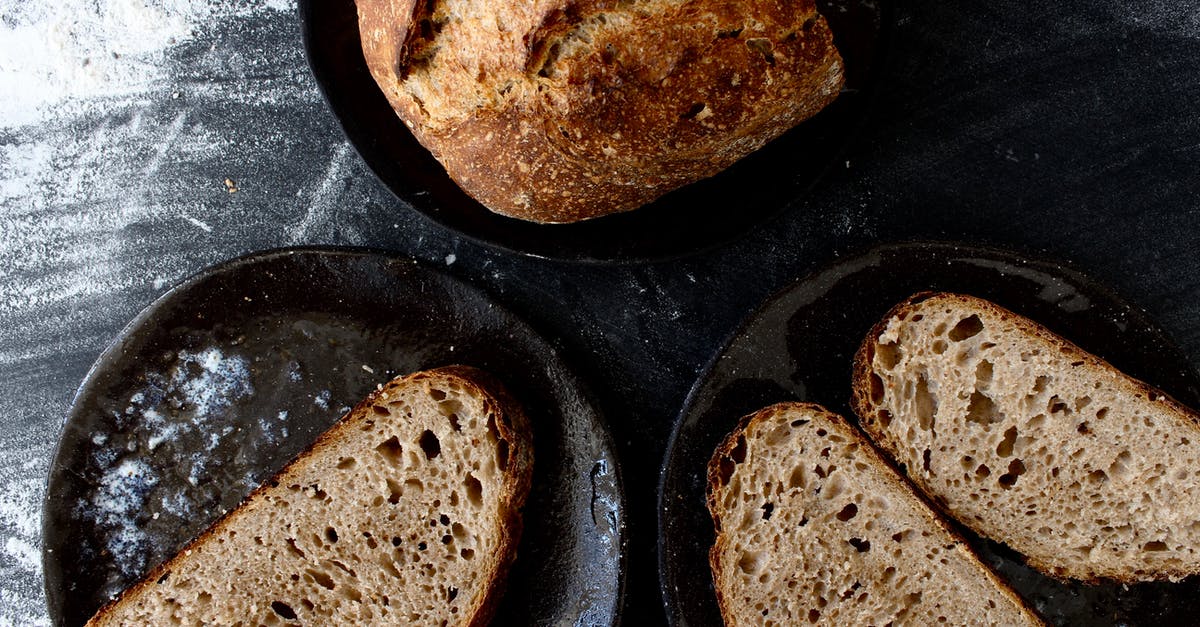Making sourdough bread with just flour and water (and no starter)

Suppose I do not have a starter and I am not interested in creating one. Would the following recipe work to create an edible sourdough bread? If not, why not?
Recipe:
- Mix 10 cups of flour with about 5 cups of warm water. Mix well.
- Store the mixture in a warm place (about 23-24 Celsius degrees)
- Knead/fold the mixture everyday at the same time.
- After 5-7 days, add salt and bake the mixture.
Best Answer
As a point of reference let's look to this "Sourdough Starter Recipe"
- Combine ¾ cup flour and ½ cup warm water in a glass or plastic container. Make sure the container can hold about 2 quarts, to avoid overflow.
- Stir vigorously to incorporate air; cover with a breathable lid.
- Leave in a warm place, 70-85°F (21-29°C) for 12-24 hours.
- Feeding every 12 hours will increase the rate at which your sourdough starter is multiplying its organisms; feeding every 24 hours will take a bit longer, but may be more sustainable depending on your time commitment.
- At the 12 or 24 hour mark you may begin to see some bubbles, indicating that organisms are present. Repeat the feeding with ½ cup warm water and ¾ cup flour.
- Stir vigorously, cover, and wait another 12-24 hours. Repeat feedings every 12-24 hours by removing half of the starter before every feeding and discarding it. Feed with ½ cup warm water and ¾ cup flour.
- After about 5-7 days the sourdough starter should have enough yeasts and bacteria to be used for baking.
The ratios are a little off and you are just dumping everything in at the start. Despite your stated desire to "not do so" what you would be doing is making a sourdough starter...but what would probably not be 'a very good one'.
Edible is a matter of taste, yours would probably qualify in some 'technical' sense (unlikely that someone would become ill from eating it) and it 'would be sourdough'. The process of gradually adding and removing flour and water through the week stretches out the food supply. Your "dump it all in at once" approach would likely cause the yeast to multiply too fast to the point of creating a toxic environment for the yeast, however I doubt it would reach that level in 5-7 days. Since you aren't trying to create a sustainable culture that would not be your concern.
- Would it "be" sourdough? yeah...
- Would it be "good" sourdough? not likely...
- Would I do it? not a chance.
Pictures about "Making sourdough bread with just flour and water (and no starter)"



Quick Answer about "Making sourdough bread with just flour and water (and no starter)"
How do you make sourdough bread with just flour and water?
Kombucha. Since it also contains yeasts as well as bacteria, kombucha can be utilized to start a sourdough starter or ferment your grains.Can you make sourdough starter with regular flour?
Technically, any grain-based flour works for making a sourdough starter. Flours made from rice, rye, spelt, einkorn and wheat all work. However, bread flour works the best and yields the most reliable starter.No Starter Sourdough Bread Recipe | StoryBites
Sources: Stack Exchange - This article follows the attribution requirements of Stack Exchange and is licensed under CC BY-SA 3.0.
Images: Cats Coming, Geraud pfeiffer, Piotr Arnoldes, Jytte Elfferich
